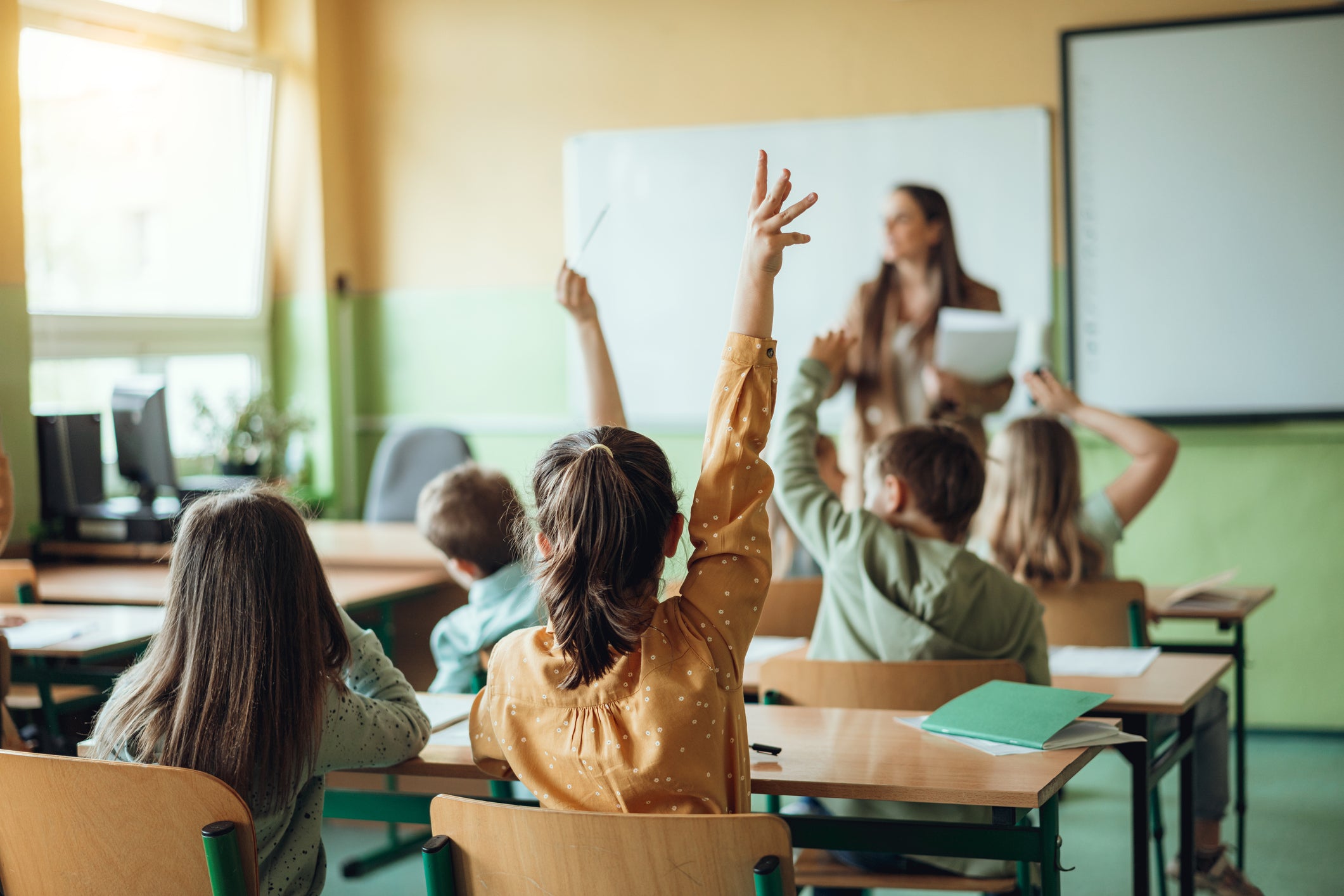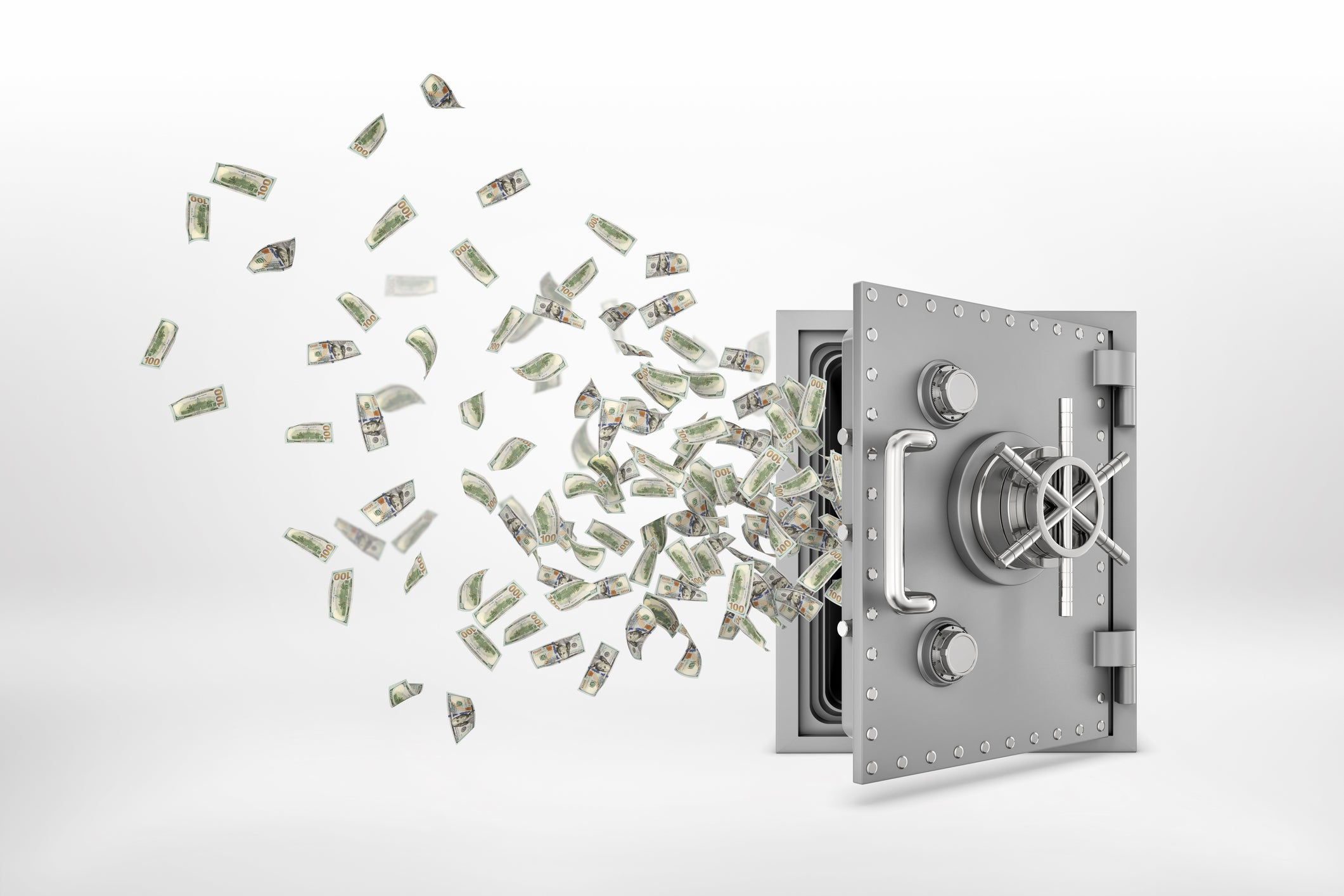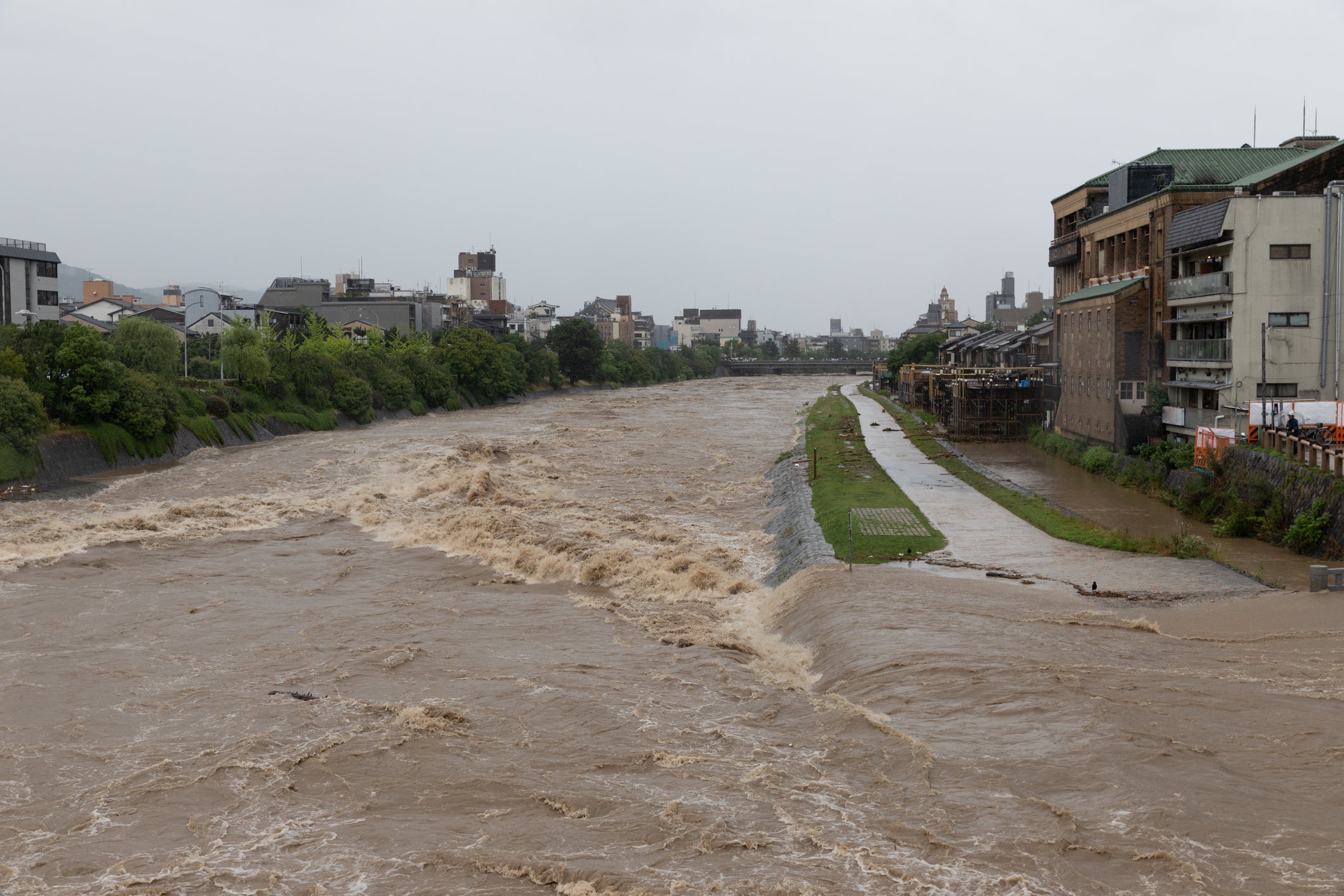Disaster prevention to protect yourself from disasters
table of contents
Introduction
1.Disaster risk assessment
2.Establishment of means of communication in case of emergency
3.Creating an evacuation plan
4. Stockpile your belongings in case of an emergency
5. Information collection and vigilance
summary
Introduction
Disasters are unpredictable events that can have a serious impact on our lives. However, by taking appropriate disaster prevention measures, the damage can be minimized. This article details effective disaster prevention measures for various disasters.
1.Disaster risk assessment
1-1 Identification of regional disasters
First, you need to understand which disasters often occur in a particular region. List disasters specific to your area, such as earthquakes, floods, typhoons, storms, and wildfires. You can refer to data and statistics from local governments and disaster management organizations, as well as past disaster reports.
1-2 Assessing the frequency and impact of disasters
We then assess the frequency of each disaster and the extent of its impact on the region. Use historical data and scientific research to understand how often disasters occur and the extent of their expected damage. In the case of earthquakes, the history of seismic activity, plate movement patterns, and earthquake magnitude are taken into account. In the case of floods, past flood frequencies, river water volume data, and topographical characteristics are important.
1-3 Vulnerability assessment
It is also necessary to consider the vulnerability of local buildings and social infrastructure in the event of a disaster. We evaluate a building's structure, foundation, seismic performance, drainage system, etc. to determine its strength and durability against disasters. Social factors must also be considered, such as population density, effectiveness of transportation networks, and number and capacity of evacuation facilities.
1-4 Evaluation of human and economic impact
Disaster risk assessment also considers the human and economic impact of a disaster. Measures include loss of life and injury, damage to homes and buildings, disruption of supply of daily necessities, and stagnation of economic activity. This allows us to understand the severity of the disaster and the degree of vulnerability of the area.
1-5 Creating a risk map
Create a risk map based on the results of your risk assessment. This map shows the risk of different disasters occurring and the extent of their impact. By clearly indicating dangerous areas, evacuation routes, and the locations of evacuation centers on maps, it is possible to provide information for local residents and related organizations to prepare for disasters.
1-6 Implementation of countermeasures and preventive measures
It is important for local residents and related organizations to implement appropriate countermeasures and preventive measures based on the results of risk assessments. This includes earthquake reinforcement of buildings and social infrastructure, formulation of evacuation plans, and implementation of disaster education and training. Providing appropriate information and alerting local residents is also an important element.
2.Establishment of means of communication in case of emergency
2-1 Telephone contact
The most commonly used method during disasters is the telephone. Please pay attention to the following points when establishing a telephone contact method.
① Mobile phone : Always keep your mobile phone charged so you can keep in touch with family and friends, and have a spare battery or mobile charger on hand if needed. During disasters, communication networks can be overloaded, so text messages and social networking services (such as Twitter ) can be effective.
② Landline telephone : Landline telephones may not function in the event of a disaster, but they may be used as a means of contact in an emergency. Include landline numbers of neighbors and authorities on your emergency contact list.
2-2 Internet and SNS
When a disaster occurs, the internet and social media may be used to confirm safety and share information. Please keep in mind the following points.
①Internet connection : Make sure you have a way to connect to the Internet in the event of a disaster, such as a Wi-Fi router or mobile data communication.
② Utilization of SNS : In the event of a disaster, SNS platforms such as Twitter and Facebook are used to share information and confirm safety. It's also important to share contact information and account information with family and friends.
2-3 Disaster apps and warning systems
It may also be helpful to use disaster apps and warning systems provided by your local government or disaster management agency. These apps and systems provide disaster information, evacuation advisories, emergency contacts, and more. Install it on your smartphone so you can check alerts and information.
2-4 Create emergency contact list
Create a contact list with family and friends. This includes contact information such as name, phone number, and email address. Also include emergency contacts such as local emergency medical facilities, disaster management agencies, and evacuation centers on your list.
2-5 Regular contact confirmation
It is also important to have a habit of regularly checking in with others before a disaster occurs. Especially when disaster predictions or warnings are issued, keep in touch with your family and friends and check on their safety.
3.Creating an evacuation plan
3-1 Selection of evacuation site
First, choose a place to evacuate in the event of a disaster. Evacuation locations may vary depending on the type of disaster. In the event of an earthquake, buildings with strong structures and open areas are safe. In the event of a flood or typhoon, higher ground or shelter may be a good option. Please refer to instructions and evacuation site maps from your local government or disaster management agency.
3-2 Confirm evacuation route
Find the shortest and safest route to your evacuation site. Get local road maps and disaster evacuation route maps to understand major roads and safe routes. Consider alternative evacuation routes to avoid traffic jams and damaged areas.
3-3 Sharing and training of evacuation plans
Share your evacuation plan with your family and co-residents and clarify the division of roles. Make sure your evacuation plan is easy for everyone in your family to understand, including evacuation locations, evacuation routes, and a list of things to bring. It is also important to conduct regular evacuation drills and review evacuation procedures.
3-4 Special needs consideration
Evacuation plans for people with special needs, such as the elderly, disabled, pregnant people, and pets, should also be considered. In particular, if you require medical equipment or special care, consult with relevant organizations and medical professionals in advance and take appropriate measures.
4. Stockpile your belongings in case of an emergency
4-1 Emergency food
In the event of a disaster, the food supply may be disrupted, so stock up on emergency food. Below are some examples of common emergency food items .
1) Canned and pouched foods : Choose canned and pouched foods that can be stored for a long time. Nutritionally balanced foods such as beans, meat, seafood, and vegetables are preferable.
② Dry foods : Prepare dry foods that can be stored for a long time, such as bread, crackers, dried fruits, nuts, and biscuits.
③Energy bars : It is useful to stock up on energy bars that are high in energy and nutritious.
④Drinking water: Drinking water is a necessary element for survival. In the event of a disaster, tap water may not be available, so prepare multiple bottles of mineral water that can be stored for a long time. The minimum required amount per person per day is 2 liters.
4-2 Clothing and bedding
In the event of a disaster, you need sufficient clothing and bedding. Please keep in mind the following points.
① Extra clothing : Prepare extra clothing so you can change clothes. Especially in cold regions, it is important to wear warm clothing such as thick jackets, gloves, and hats.
② Blankets and sheets : Prepare extra blankets and sheets to provide comfort.
4-3 Medicines and first aid kits
Stock up on medicines and first aid kits, as the risk of illness and injury increases during disasters.
① Necessary medicines : Make sure you have enough supplies, including your personal specific medicines (prescription medicines, etc.) and medicines you use on a daily basis. Also, prepare common medicines such as painkillers, fever reducers, and cold medicines.
② First aid kit : Prepare a first aid kit that includes basic first aid items such as bandages, disinfectants, bandages, gauze, and medical gloves.
4-4 Important documents and cash
It is also important to store important documents and cash in the event of a disaster.
①Identification documents : Store important identification documents such as passports, driver's licenses, insurance cards, and resident cards in waterproof bags or protective cases.
②Cash : In the event of a disaster, ATMs and credit cards may not be available, so be prepared with cash. It is useful to stock up on small bills and coins.
4-5 Other items
The following items may also be helpful during a disaster:
① Flashlight and spare batteries : Prepare a flashlight and spare batteries for working in the dark and for illumination.
②Radio : Prepare a portable radio to receive disaster information and evacuation advisories.
③ Multi-tool : A multi-tool with various functions may be useful. Choose items that include knives, files, pliers, bottle openers, etc.
5. Information collection and vigilance
5-1 Checking official information sources
In the event of a disaster, check the official sources of information provided by your local government or disaster management agency. This includes official information outlets such as local government websites, local disaster prevention apps, and disaster management bureaus. These sources provide information on disaster occurrences, evacuation advisories, safe routes, and more.
5-2 Check weather information
When a disaster occurs, it is important to check weather information. Monitor local weather forecasts and weather alerts and get information about weather conditions such as typhoons, heavy rain, strong winds, floods, and more. Weather information is useful for predicting disasters and understanding the extent of damage.
5-3 Use of disaster warning system
Take advantage of your local disaster warning system. This includes emergency warning broadcasts, disaster warning devices, emergency earthquake early warnings, etc. These systems serve to provide warnings and information in the event of a disaster. If a warning is issued, follow the instructions.
5-4 Utilization of social media and the Internet
Social media and the internet are also important tools for gathering information. In times of disaster, it's a good idea to follow reliable information sources, such as official accounts of local governments and disaster management agencies, expert opinions, and posts from local communities. However, it is important to refer to multiple reliable sources to confirm the authenticity of the information.
5-5 Compliance with evacuation advisories and instructions
When a disaster occurs, it is important to follow local evacuation advisories and instructions. Evacuation advisories and evacuation orders issued by local governments and disaster management organizations are important information for ensuring safety. These instructions may include evacuation locations, evacuation routes, and safe behavior methods.
5-6 Disaster prevention education and training
It is also important to receive regular disaster prevention education and training as part of information gathering and vigilance. Attend disaster prevention courses and training provided by your local government or disaster management agency. This will help them acquire the skills and knowledge to take appropriate action in the event of a disaster.
summary
Preparation and countermeasures are essential to protect yourself from disasters. Start with a disaster risk assessment, establish emergency communications, and create an evacuation plan. Additionally, it is important to strengthen earthquake resistance of homes and buildings, stock up on emergency supplies, and collect information and remain vigilant. By taking these measures, you can not only ensure your own safety in the event of a disaster, but also minimize damage.








